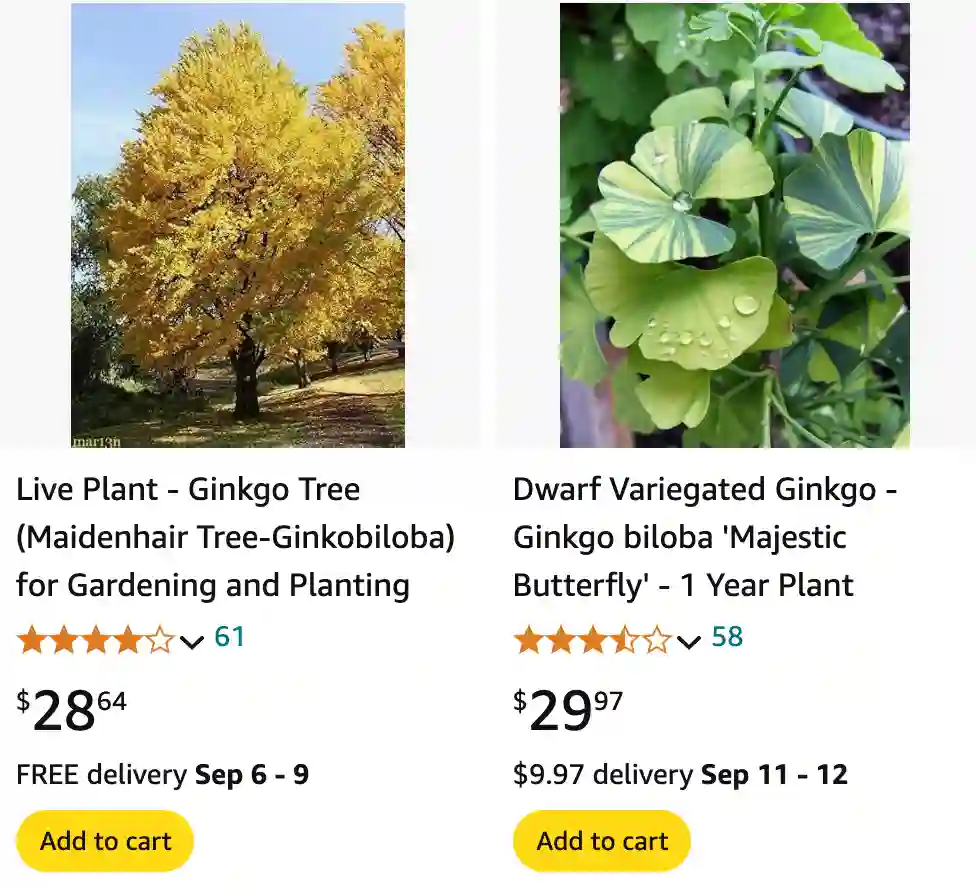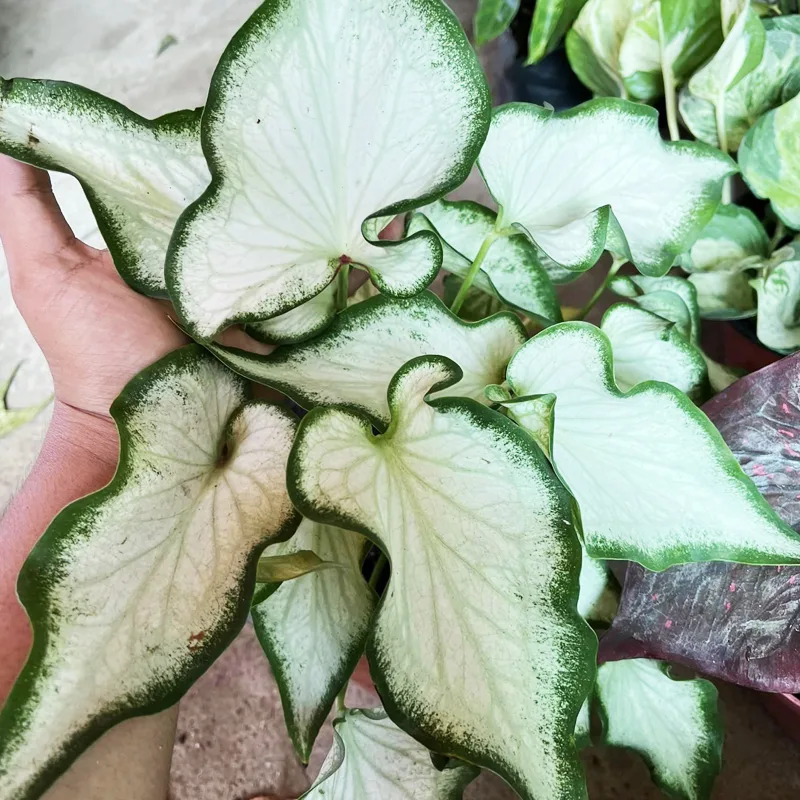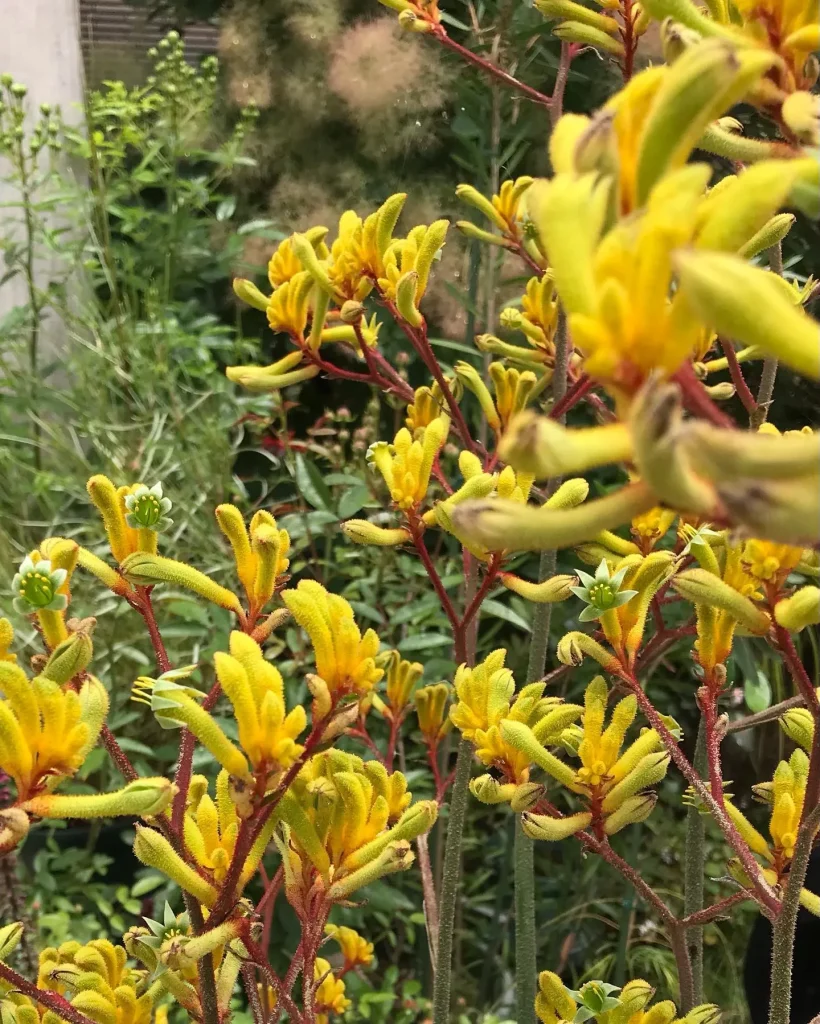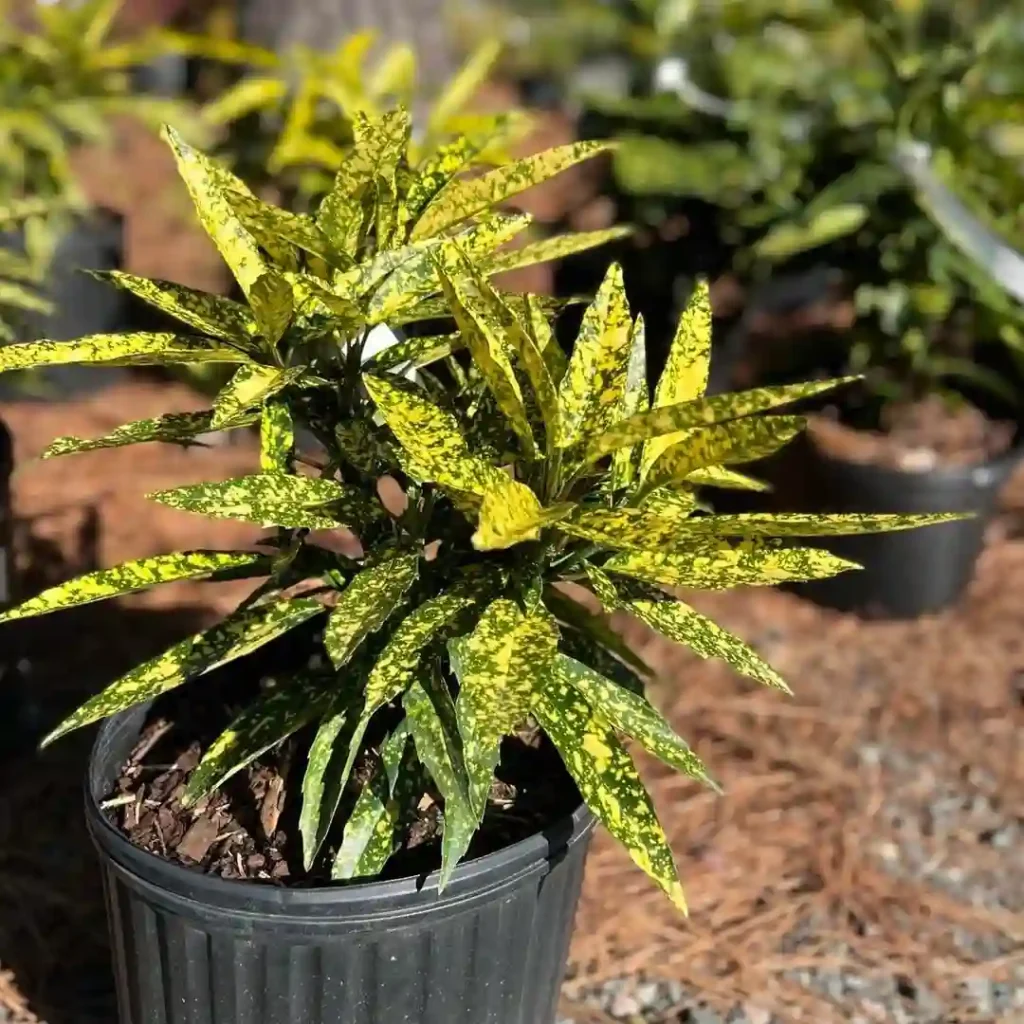
Frequently Asked Questions About Ginkgo Biloba Tree
When it comes to fascinating trees, the Ginkgo Biloba stands out. With its unique leaves and ancient lineage, it has piqued the interest of many gardeners and nature enthusiasts. Having grown my own Ginkgo Biloba tree, I can share some answers to common questions and provide useful insights.
How to Grow a Ginkgo Biloba Tree?
Growing a Ginkgo Biloba tree is relatively straightforward, provided you have the right conditions. Ginkgo trees are hardy and adaptable, thriving in various soil types, including clay and sandy soils. Start by choosing a sunny location, as Ginkgo trees prefer full sunlight. Planting should be done in the spring or fall. Dig a hole that is twice the width of the root ball and about as deep. Place the tree in the hole, making sure the top of the root ball is level with the soil surface, and backfill with soil. Water thoroughly after planting and mulch around the base to retain moisture.
What Does a Ginkgo Biloba Tree Look Like?
The Ginkgo Biloba tree is quite distinctive. It has fan-shaped leaves that turn a brilliant yellow in the fall, adding a splash of color to the landscape. The tree’s bark is grayish-brown and has a ridged texture. It grows to a medium size, with a broad, irregular crown. In the spring, it produces inconspicuous greenish-yellow flowers that develop into seeds later in the season.
Where Can I Buy a Ginkgo Biloba Tree?
You can purchase Ginkgo Biloba trees from various sources. Local nurseries and garden centers often stock them, especially in areas with suitable climates. Online retailers also offer a wide range of options, including different sizes and cultivars. Make sure to choose a reputable seller to ensure the health and quality of the tree.
How Fast Does a Ginkgo Biloba Tree Grow?
Ginkgo Biloba trees are relatively slow-growing compared to other species. On average, they grow about 12 to 24 inches per year. However, their growth rate can vary depending on factors like soil quality, water availability, and sunlight. Patience is key, as it may take several years for the tree to reach its full potential size.
When to Plant a Ginkgo Biloba Tree?
The best times to plant a Ginkgo Biloba tree are in the spring or fall. Planting in the spring allows the tree to establish its roots before the hot summer months, while fall planting provides the tree with a head start as it enters dormancy. Avoid planting in the winter, as the cold temperatures can hinder root development.
Does a Ginkgo Biloba Tree Drop Seeds?
Yes, Ginkgo Biloba trees do produce seeds. Female trees bear seeds that are covered in a fleshy, fruit-like coating. These seeds fall from the tree in the fall and can be quite messy, especially when they decay. If you prefer to avoid the mess, you might want to choose a male tree, which does not produce seeds.
How Big Does a Ginkgo Biloba Tree Get?
Ginkgo Biloba trees can grow quite large, reaching heights of 50 to 80 feet and widths of 30 to 40 feet. Their size makes them suitable for large gardens or as a street tree. However, their size also means you should plan accordingly when planting to ensure they have enough space to grow.
How Old Is the Ginkgo Biloba Tree?
The Ginkgo Biloba tree is one of the oldest living tree species, with a history dating back over 200 million years. Some trees in botanical gardens and historical sites are believed to be over 1,000 years old. This longevity makes it a remarkable specimen, both in terms of historical significance and garden interest.
How to Care for a Ginkgo Biloba Tree?
Caring for a Ginkgo Biloba tree is relatively simple. Ensure it receives full sun and well-drained soil. Water the tree regularly, especially during dry periods, but avoid overwatering. Pruning is generally not necessary, but you can trim the tree to maintain its shape or remove any dead branches. Fertilizing once a year in the spring can help promote healthy growth.
How to Propagate a Ginkgo Biloba Tree?
Ginkgo Biloba trees can be propagated through seeds or cuttings. To propagate from seeds, collect them in the fall, clean them, and stratify them in a cool, moist environment for several months before planting. For cuttings, take semi-hardwood cuttings in late summer, dip them in rooting hormone, and plant them in a mix of sand and peat.
What to Plant With a Ginkgo Biloba Tree?
Ginkgo Biloba trees pair well with various companion plants. Consider planting ground covers like hostas or ferns underneath to create a lush, layered look. Low-growing shrubs and perennials can also complement the tree, providing a diverse and visually appealing garden.
Can You Grow a Ginkgo Biloba Tree Indoors?
While Ginkgo Biloba trees are typically grown outdoors, they can be grown indoors if given adequate light and space. A large indoor pot with good drainage and a sunny location can help the tree thrive, but keep in mind that indoor growth may be slower compared to outdoor conditions.
Is the Ginkgo Biloba Tree Toxic?
The seeds of the Ginkgo Biloba tree are toxic if ingested in large quantities. They contain compounds that can cause digestive issues and other health problems. It’s best to handle the seeds with care and ensure they are not consumed by pets or small children.
Benefits of Ginkgo Biloba Tree
The Ginkgo Biloba tree is not only visually striking but also offers several benefits. Its leaves are used in traditional medicine and supplements for cognitive health and circulation. Additionally, the tree is highly resistant to pests and diseases, making it a low-maintenance choice for many gardens.
Common Problems with Ginkgo Biloba Tree
One common issue with Ginkgo Biloba trees is their sensitivity to salt, which can affect their growth in coastal areas. Additionally, the fruit of female trees can produce a strong odor when it decays, which may be a concern in urban settings.
By addressing these FAQs, I hope to provide you with a comprehensive understanding of the Ginkgo Biloba tree. Whether you’re planning to grow one or simply curious, this ancient tree offers a wealth of information and beauty to explore.




